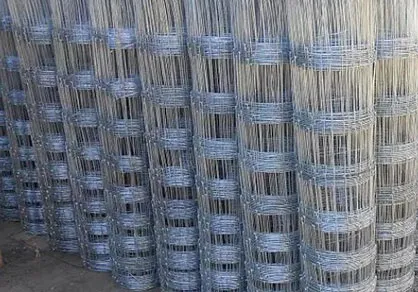

Despite their strength and versatility, certain best practices can enhance the performance of concrete floor nails. Pre-drilling pilot holes slightly smaller than the nail diameter can prevent concrete cracking, a common concern when driving directly into older or brittle concrete. This preliminary step can ensure a smoother installation and extend the lifespan of the fastened structures. Furthermore, understanding the limitations of concrete nails is equally important. While effective for wood-to-concrete applications, they might not be suitable for all scenarios, such as fastening steel to concrete. Considering the specific requirements of your project will help in determining if an alternative fastening method, like wedge anchors or epoxy systems, might be more appropriate. Manufacturers often provide specifications and guidance to ensure that their nails achieve the best performance on site. Following these guidelines, along with adhering to local building codes and regulations, fosters a reliable and safe construction environment. This attention to detail underscores the authoritative role manufacturers play in promoting safety and efficacy in construction practices. The environmental aspects of concrete floor nails should also be considered. Opting for nails from reputable suppliers who prioritize sustainable manufacturing practices can contribute to environmentally responsible building practices. As sustainability becomes increasingly critical, choosing hardware that aligns with green standards is both a conscientious and forward-thinking approach. In conclusion, concrete floor nails are a foundational element in construction, offering an efficient and robust solution for securing wood to concrete. Their specialized design, combined with strategic application techniques, can greatly enhance the outcome of construction projects. By choosing the correct size, understanding their limitations, and adhering to best practices, you ensure a sturdy, safe, and sustainable build.

















